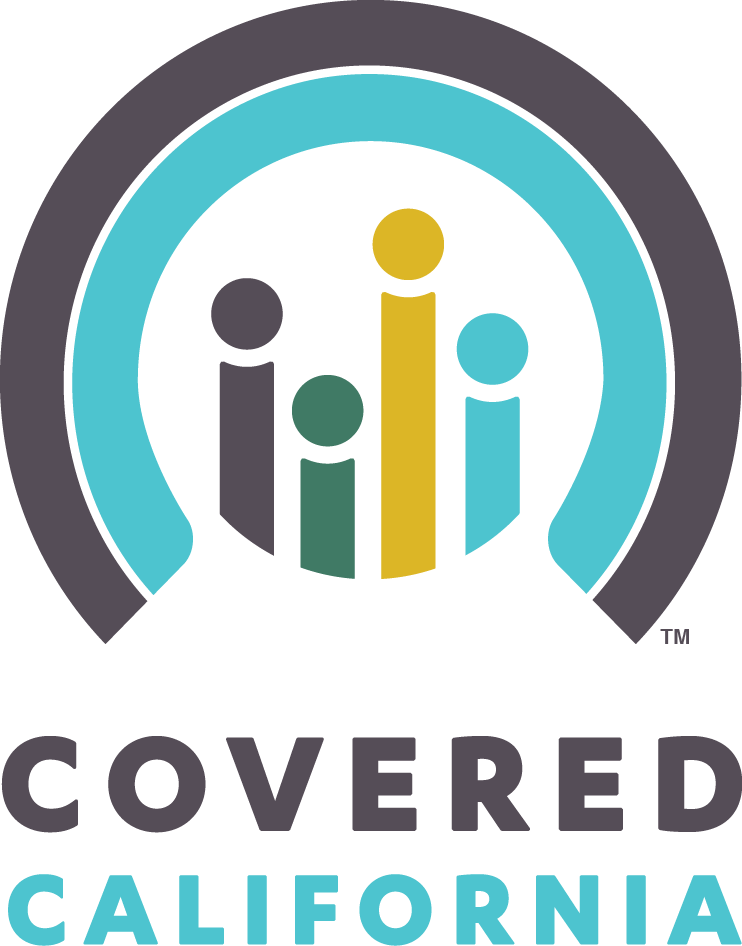
Covered California’s Board Takes Action

Given the ongoing uncertainty at the federal level, and the potential for Congress and the administration to enact policy changes next month, the exchange will delay until Sept. 30 a decision on whether it must add a cost-sharing reduction surcharge to Silver plans.
· Covered California will amend its contracts with carriers to promote participation and lower prices in 2018 by allowing for multi-year adjustments to their margins.
· Covered California will increase its marketing budget by $5 million, for a total of $111 million, to provide additional outreach and help to consumers.
Covered California’s Board of Directors took action Thursday to promote stability of the individual health insurance market and to continue to provide consumers with choice and the lowest rates possible in the face of persistent national uncertainty.
“The lack of clarity and direction at the federal level continues to be a challenge, and Covered California is doing everything it can to stabilize the market and protect consumers,” said Peter V. Lee, executive director of Covered California. “A stable market is critical for millions of consumers, and Covered California is showing how it can be done.”
“We have a way to protect consumers, but it is complicated and will cause unnecessary confusion and anxiety. Therefore, we are extending our deadline to give Congress time to act when they return in September,” said California Health and Human Services Secretary and Covered California Board Chair Diana Dooley. “We are heartened by the bipartisan discussions that put consumers first, but we can’t wait past Sept. 30.”
Covered California announced three items that are all geared toward providing certainty and stability to consumers:
Covered California will wait until Sept. 30 to decide whether its health plans must add a cost-sharing reduction (CSR) surcharge to Silver-tier plans. Health plans are required to offer cost-sharing reductions to lower-income consumers, in the form of lower copays and deductibles, which help reduce out-of-pocket costs when consumers access care. For the past four years, the federal government has directly reimbursed the health insurance companies for those costs, but that continued funding remains in question. Without any firm commitment to continue those reimbursements through 2018, Silver-tier consumers will see an additional CSR surcharge — averaging 12.4 percent — on the gross price of their premiums. If Congress and the president decide to fund CSRs by Sept. 30, rates for Silver-tier plans could move forward without the added CSR surcharge.
If no decisions on CSR funding are made by Sept. 30, the gross or total premium would reflect this CSR surcharge for consumers with Silver-tier plans who receive subsidies. However, in most cases, consumers would not see a “net” change in what they would pay since their premium tax credit would also increase.
The board adopted new contract language to provide carriers with more assurances during this time of unprecedented uncertainty in order to maximize consumer choice and participation in 2018 with the lowest rates possible. If a carrier incurs unanticipated losses in 2018 due to changes in existing federal policies or other uncertainties, such as the lack of enforcing the individual mandate, the carrier will be able to request a recoupment of those losses over a three-year period (plan years 2019 to 2021). Also, if a carrier experiences unanticipated profits due to changes in existing federal policies, such as the resumption of a reinsurance fund, they will factor those profits into their rates over the next one to three plan years.
The board approved an increase to Covered California’s marketing and outreach budget for 2018 of approximately $5 million, for a total of $111 million. The additional funding will be used to increase the number of television and radio ads around key dates throughout the upcoming open-enrollment period, which will run from Nov. 1 through Jan. 31. Covered California will also engage in a more robust regional marketing direct-mail campaign for consumers affected by the CSR surcharge.
“These actions will protect our consumers and give our carriers the certainty they need to continue providing choice at a good price,” Lee said.
“While we are doing our best to manage a difficult situation, we hope Congress and the administration will provide clear guidance on how it intends to stabilize the individual insurance market.”
This week the Congressional Budget Office issued a report that found that ending the CSR reimbursements would raise premiums by about 20 percent in 2018 and 25 percent in 2020 and subsequent years. In addition, since the premium tax credit would rise along with the premiums, ending the CSR reimbursements would increase the federal deficit by $194 billion over the next 10 years.
About Covered California
Covered California is the state’s health insurance marketplace, where Californians can find affordable, high-quality insurance from top insurance companies. Covered California is the only place where individuals who qualify can get financial assistance on a sliding scale to reduce premium costs. Consumers can then compare health insurance plans and choose the plan that works best for their health needs and budget. Depending on their income, some consumers may qualify for the low-cost or no-cost Medi-Cal program.
Covered California is an independent part of the state government whose job is to make the health insurance marketplace work for California’s consumers. It is overseen by a five-member board appointed by the governor and the legislature. For more information about Covered California, please visit www.CoveredCA.com.












